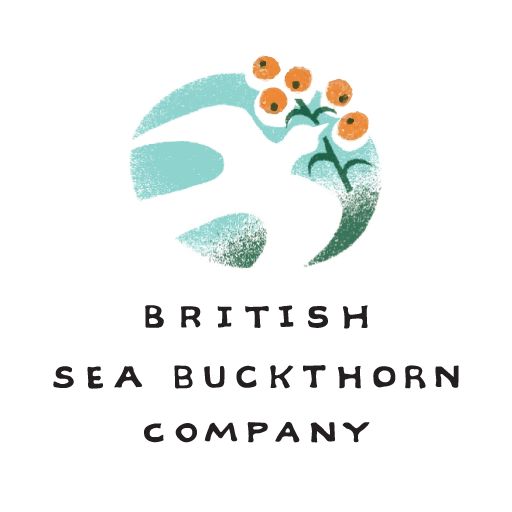Living on a farm has its advantages. A principle one is the landscape you live in. Our farm, being on the coast has the sea as its neighbour. During the summer, this is a benign environment of great beauty. Often, as a family we go down the Island lane that runs through the farm, down to an old wartime concrete pillbox which sits on the top of the sea wall. There is something magical about watching the sun go down across this tidal marsh. The sounds of wind and tide and birds settling down for the night is timeless. It is one of the most restful and yet awe inspiring experiences I know. it is no wonder that this area is designated a national nature reserve with international protection as a Ramsar site.
Against this calm and all absorbing landscape, our farm also stretches onto the Naze, a pensinsula that envelopes the eastern side of the tidal nature reserve that is so precious to us. The Naze protects this 2000 hectare area of slat marsh, creeks and mudflats from the North Sea.
The same sea that gently rolls in and covers the nature reserve on every tide, is also destructive.
Every year the cliffs on the seaward eastern side of the Naze, approximately 0ne kilometre in length, are eroded back by 1.5m per year. The cliffs form the high point of the Naze, falling back to sea level across our farmland to the western side of the peninsula, with a 5m high sea wall keeping the sea out of this low lying land. Only a few thousand years ago the North Sea was dry land. It would have been possible to walk across what is now sea bed between the UK and Holland. The end of the Ice Age saw the whole area flooded. Constant erosion with the occasional surge tide has continually pushed back the land to its current form.
For us this time is now critical. Where the cliff slopes down into the lowland, it no longer presents a barrier to the North Sea. Whereas no more than six years ago there was over 15m of cliff between the sea and the low lying land this is all but gone with only the landward face of a protective sea wall bund keeping the sea from flooding in.
Plans to build a counterwall to keep this flood out have been under discussion since 2010 between local authorities and all involved. Now it has come to a time when we all face imminent flooding and the wall is still not built. Winter storms face us. This is a form of environmental crisis which is very real. Not as instant as a hurricane, but threatens all.
The constant coastal process of erosion is not a factor of climate change. Climate change adds to our concerns for the long term future of living on the coast, but part of the BBC’s latest program presented by Simon Reeve travelling across Russia illustrated a really stark revelation.
In Siberia, the permafrost is thawing. A vast crater has appeared as the land slumps inward. The permanently frozen soil can no longer hold itself together. It is shrinking back exposing rock cliffs that where previously buried beneath this massively deep, once permanently frozen organic soil. It presents a graphic illustration that the world is warming and the ramifications need to be fully understood by all of us. We should all take a little time to personally investigate what the thawing of the permafrost means. The rate of climate change; the world it will change and what that means for how we will live.
Against this backdrop of doom I was struck by some really good news this week. President Putin declared that the last of the Russian stocks of chemical weapons had been destroyed. In a world where war prevails and political instability seems rife, this statement is a really positive action and sets an example for those that seem to treat human life as trivial.
Returning now back to Devereux farm, there is a really positive mood prevailing.
The sea buckthorn harvest presented a number of reality checks. It was earlier and much shorter than anticipated. There was a high yield of berries. The berries however presented themselves with wide variation in size and ripeness. We all pick fruit when it is ripe because its taste is perfect at that time. Perfecting the ability to harvest only ripe berries is going to be the art in harvesting sea buckthorn.
It will seem that this blog has travelling to Russia as a key theme, but presented with varying results at harvest it seemed the best resolution was to go back to where our sea buckthorn plants come from – Siberia.
Ben and I were honoured to be asked to attend the International Sea Buckthorn Association Scientific committee meeting at the Lisavenko research Institute in Barnaul, Siberia. Those around the meeting came from Russia, China, Scandinavia and Europe. The committee is a catalyst for developing sea buckthorn, scientific research into its benefits and properties, perfecting breeding and growing commercial varieties, and how to bring its qualities to the consumer.
Our trip included visits to processing factories, where advanced European technology is being used. A visit to the Lisavenko Institute plant propagation unit producing around a million plants per year. A 700 hectare sea buckthorn farm using the same varieties that we are growing at Devereux. This opportunity has given us a chance to understand better how we need to manage our plants and perfect our interpretation of harvest techniques being perfected in both Russia and Europe.
It is said that travel broadens the mind. Siberia is a very long way to go, but it was well worth it. Our knowledge has been expanded and again it is clear that whatever nation we come from, people are people and when there is a common interest there is a warmth and friendship that breaks down all barriers.
